Bringing home a new puppy is an exciting and joyful experience. However, it's important to prepare your home and family members to ensure a smooth transition for your furry friend. In this blog, we will guide you through the essential steps to take before bringing home a new puppy. From puppy-proofing your home to planning the first 24 hours, let's make sure your new companion feels welcomed and safe right from the start.
1. Ensure your home is safe for your puppy
- Remove potential hazards: Secure loose cables, cords, and household chemicals out of reach.
- Store dangerous objects: Keep small objects, toxic plants, medications, and cleaning supplies safely stored away.
- Block off restricted areas: Use baby gates or barriers to prevent access to areas where the puppy should not go.
- Protect electrical outlets: Consider using outlet covers to prevent curious puppies from getting electrocuted.
- Check for escape routes: Ensure fences, gates, and doors are secure to prevent accidental escapes.
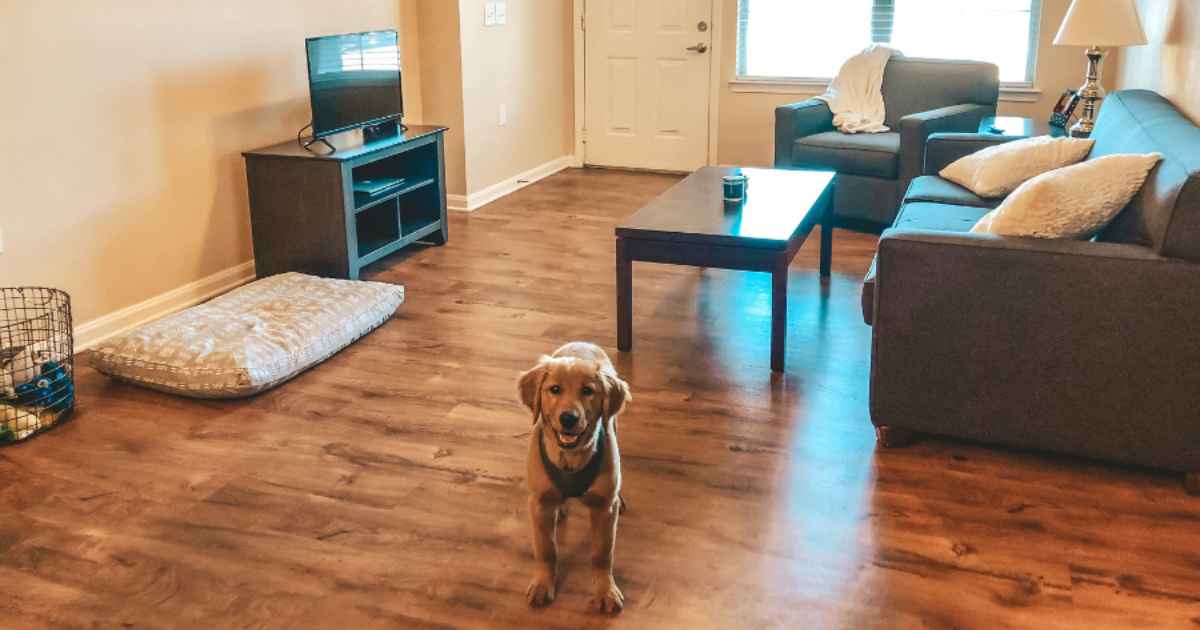
2. Establish a dedicated area for your puppy
- Choose a designated space: Set up a quiet and comfortable area where your puppy can relax, sleep, and retreat when needed.
- Provide bedding: Offer a soft, washable bed or crate liner for your puppy's comfort.
- Place toys and chews: Introduce a variety of toys and chew items to keep your puppy entertained and prevent destructive chewing.
- Set up a puppy gate: Use a puppy gate to create a safe enclosure within your home, if necessary.
- Consider crate training: If you plan to crate train your puppy, introduce them to the crate and make it a positive experience.
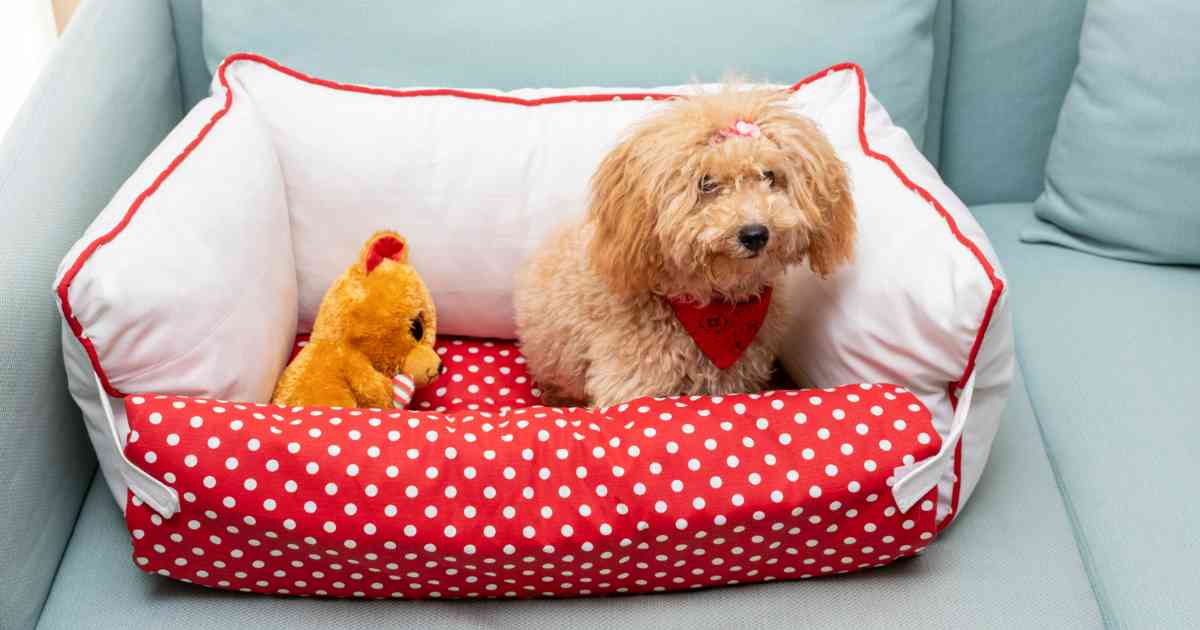
3. Ensure an ample supply of food and treats
- Research appropriate food: Consult your veterinarian or breeder to determine the best puppy food for your new addition.
- Purchase necessary supplies: Buy food bowls, a food storage container, and spill-proof water bowls.
- Choose healthy treats: Select a variety of treats suitable for puppies, considering their age and any dietary restrictions.
- Gradually introduce new food: If you plan to transition to a different brand or type of food, do so gradually to avoid digestive issues.

4. Devise a training strategy
- Research training methods: Learn about positive reinforcement techniques and consider enrolling in puppy training classes.
- Establish house rules: Decide on behaviors you want to encourage and discourage, such as potty training and basic commands.
- Plan training sessions: Create a schedule for short, frequent training sessions to keep your puppy engaged and learning.
- Gather training supplies: Have a supply of treats, clickers, and appropriate training tools ready for training sessions.

5. Collect necessary supplies for your puppy
- Collar and identification tags: Purchase a properly fitting collar with identification tags, including your contact information.
- Leash and harness: Select a lightweight leash and comfortable harness for walks and outings.
- Grooming supplies: Acquire a brush, puppy-friendly shampoo, nail clippers, and other grooming essentials.
- Waste management tools: Stock up on poop bags and a pooper scooper for proper waste disposal during walks.
- Comfortable bedding: Provide cozy blankets or dog beds in various areas of your home for your puppy's comfort.
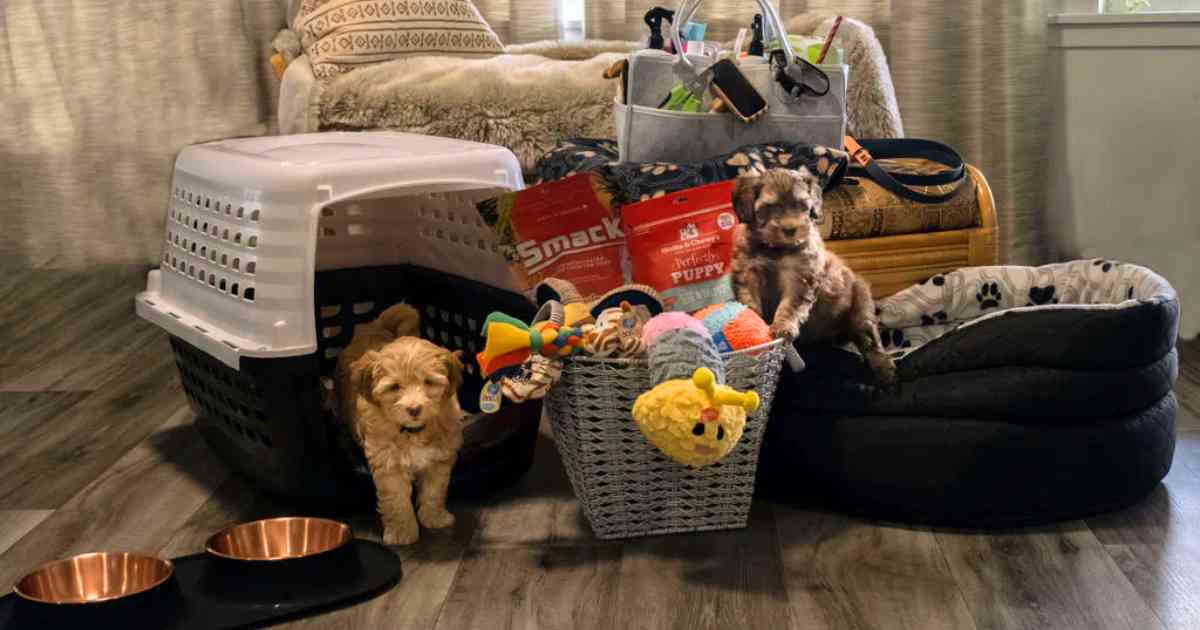
6. Choose a veterinarian
- Research local veterinarians: Seek recommendations, read reviews, and choose a veterinarian who specializes in small animals.
- Schedule an initial appointment: Arrange a visit for your puppy's first check-up, vaccinations, and any necessary tests.
- Discuss preventative care: Consult your vet about vaccinations, flea and tick prevention, deworming, and spaying/neutering.
- Familiarize yourself with emergency vet services: Keep emergency vet clinic numbers handy in case of unexpected health issues.

7. Get your children and family members ready
- Educate children about proper handling: Teach children how to approach, pet, and interact with the new puppy gently and respectfully.
- Establish ground rules: Set boundaries and teach family members about the importance of consistency in training and care routines.
- Assign responsibilities: Allocate age-appropriate tasks to family members, such as feeding, walking, and playtime with the puppy.
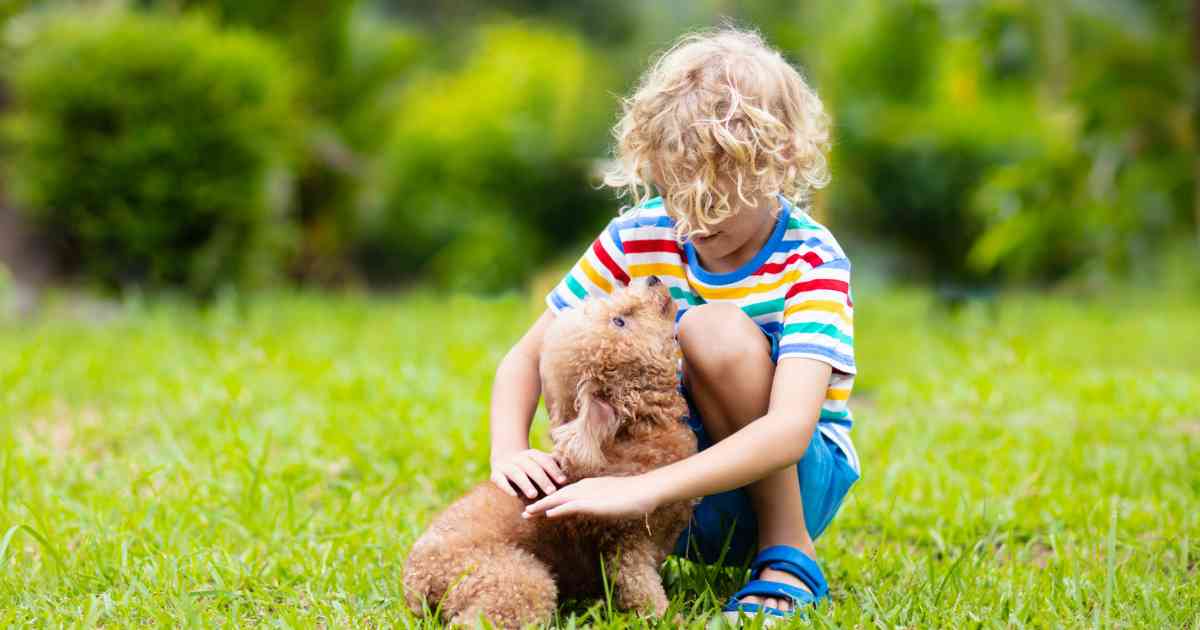
8. Consider any specific requirements
- Consider health conditions: If your puppy has any pre-existing health conditions, consult your vet for specialized care instructions.
- Adapt your home environment: Modify your home layout to accommodate specific needs, such as ramps or stair gates.
- Research breed-specific requirements: Different breeds may have distinct exercise, grooming, and training needs. Be prepared.
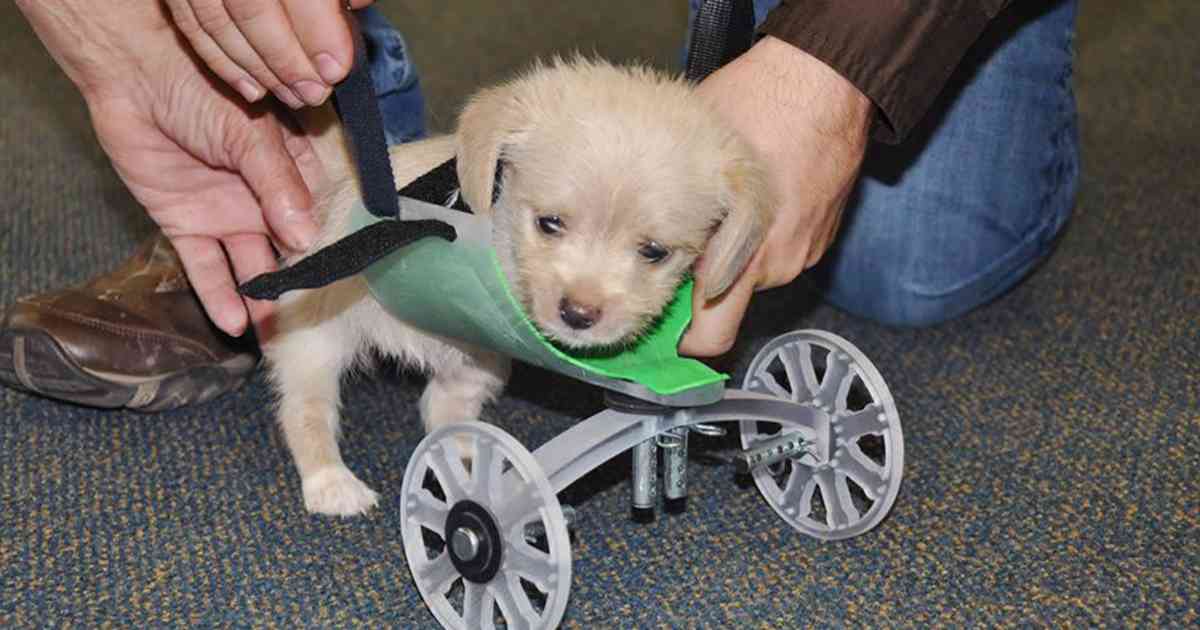
9. Prepare your existing dog for a new puppy
- Controlled initial meetings: Plan a controlled, on-leash introduction in a neutral area to prevent territorial issues.
- Gradual integration: Monitor interactions between the dogs and gradually increase their time together under supervision.
- Provide separate resources: Ensure each dog has their own food bowls, water bowls, toys, and resting areas to avoid conflict.

10. Map out the initial 24 hours
- Arrival preparations: Set up a designated potty area, have food and water ready, and show your puppy their space upon arrival.
- Establish routines: Introduce your puppy to their feeding, exercise, and bathroom schedules to promote consistency.
- Monitor closely: Keep a watchful eye on your puppy during the first day, offering comfort, positive reinforcement, and gentle guidance.
- Limit overwhelming experiences: Avoid exposing your puppy to too many new people, places, or activities during their initial adjustment period.
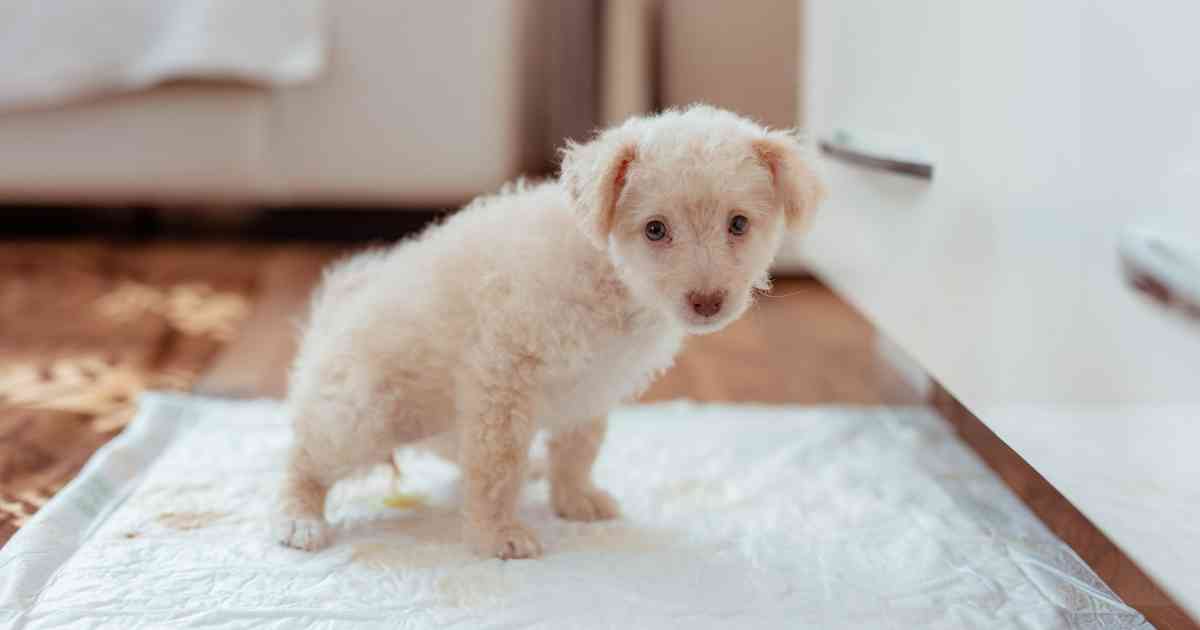
Bringing home a new puppy requires careful planning and preparation. By puppy-proofing your home, creating a safe space, gathering supplies, and implementing a training plan, you're setting the stage for a happy and harmonious life with your new furry family member. Remember to provide plenty of love, patience, and guidance as your puppy settles into their new home. Enjoy the journey of raising and bonding with your adorable new companion!









